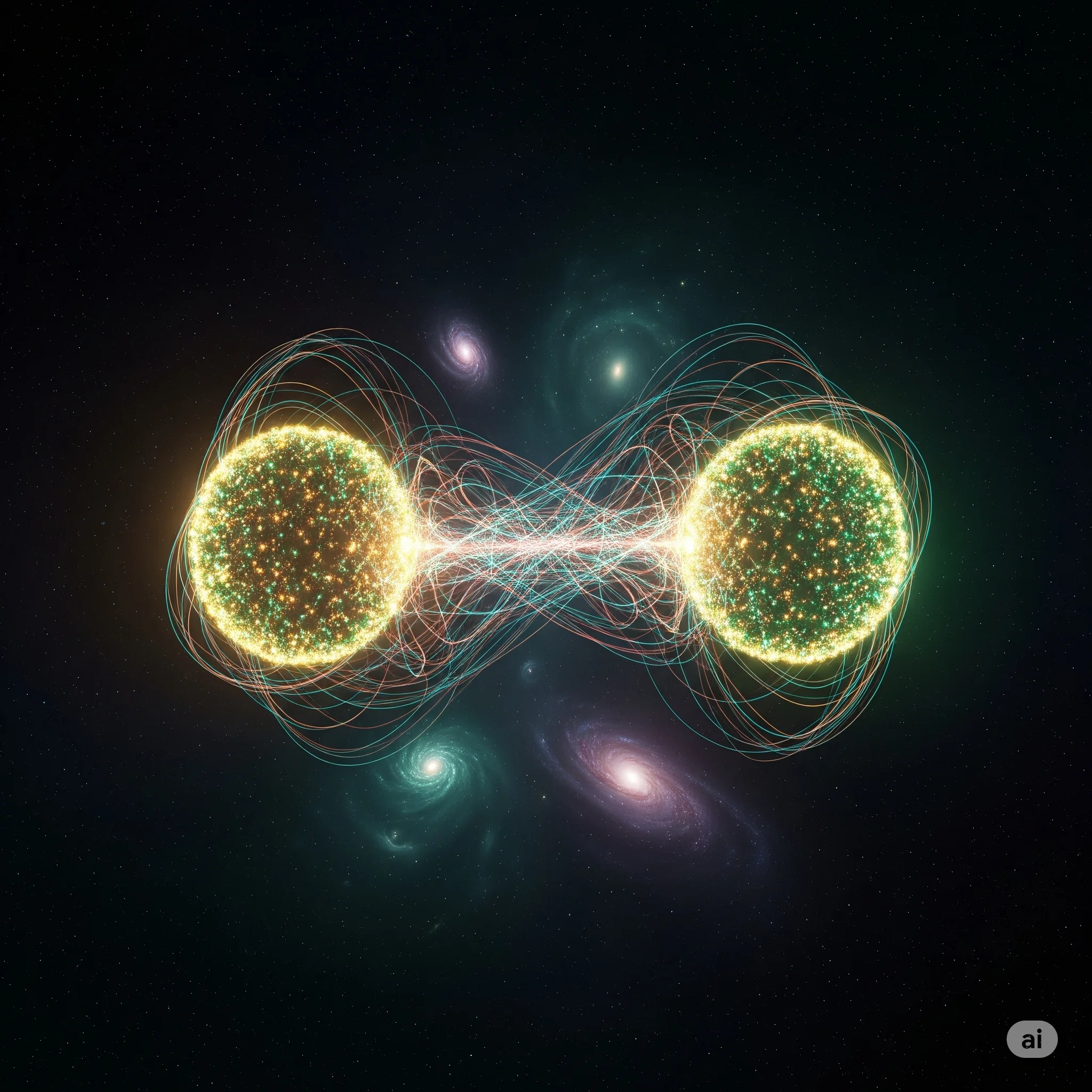The race for mere qubit counts is over. The world is now moving towards realizing “Fault-Tolerant Quantum Computers (FTQC)” that overcome errors and create true value.
What is NISQ: Noisy Intermediate-Scale Quantum?
Explanation: This term describes the current generation of quantum computers, which are still in a developmental stage. Their two main limitations are in the name: they are Noisy, making them error-prone, and only Intermediate-Scale, preventing them from tackling massive, real-world problems. The entire industry is focused on moving beyond the NISQ era to achieve the ultimate goal: the FTQC era.
What is an FTQC: Fault-Tolerant Quantum Computer?
Explanation: Considered the ultimate goal of quantum computing, an FTQC is a machine powerful enough to fix its own errors. It remains Tolerant to the constant computational noise and Faults that plague quantum systems. This self-correcting ability is what will finally unlock the potential to solve immense challenges, from creating new drugs to designing novel materials.
A Breakthrough That Shatters the Biggest Wall
The biggest barrier to practical quantum computing is “error”. However, the technology to correct these errors (QEC) has evolved dramatically, paving the way forward.
What is QEC: Quantum Error Correction?
Explanation: QEC is the “immune system” for a quantum computer. Because quantum states are incredibly delicate and prone to errors, QEC is a suite of techniques designed to constantly “find and fix” these errors in real-time. It is the essential technology required to build a truly functional FTQC.
The new “qLDPC codes”, compared to conventional methods, are…
Over 10x
more efficient.
This graph shows the number of physical qubits required to create a single logical qubit of the same performance. The efficiency of the new qLDPC codes compared to the conventional “Surface Code” is clear at a glance.
What is qLDPC code: quantum Low-Density Parity-Check code?
Explanation: This is a cutting-edge type of Quantum Error Correction (QEC) code. Its main advantage comes from its name: it uses a Low-Density network of checks, meaning it can perform error correction using far fewer physical qubits than older methods. It works by performing Parity Checks—monitoring groups of qubits to see if their collective state (their “parity,” like even or odd) changes unexpectedly, which signals an error.
What is Surface Code?
Explanation: This was the long-standing, conventional approach to Quantum Error Correction (QEC). The concept is straightforward: qubits are arranged on a 2D grid, much like a checkerboard (the “Surface“). While simple in principle, its major drawback is its inefficiency. It requires a huge overhead, often needing thousands of physical qubits just to create one stable, error-corrected logical qubit.
Physical vs. Logical: The Truth About Qubits
Why is error correction so important? Because the “perfect qubits” we actually use are built from a large number of “imperfect qubits.”
What is a Logical Qubit (Virtual Qubit)?
It is a virtual, single perfect qubit created by bundling many “physical qubits” into a group and protecting them from errors using QEC technology.
- Characteristic: Very robust against errors, enabling stable and correct calculations.
- Cost: Requires hundreds or thousands of physical qubits to create just one.
- Analogy: A “perfectly conducted orchestra.” Even if one musician (a physical qubit) plays a wrong note, the others cover for it, and the perfect performance continues. The entire orchestra represents a single logical qubit.
🎹
Physical Qubit
The individual qubits that physically exist as hardware.
Characteristic: Prone to errors
➡️
Bundled together &
Protected by QEC
🎻🎺🎷
Logical Qubit
A virtual, single perfect qubit protected from errors.
Characteristic: Highly error-resistant
Summary: At-a-Glance Comparison Table
The Hardware Race: A Shift to Quality
To realize FTQC, research institutes and companies worldwide are competing to develop “high-quality” qubits using diverse approaches.
What are “High-Quality” Qubits?
✨ Fidelity
“Calculation accuracy.” How flawlessly can it operate as instructed? High precision, like 99.99%, is required.
⏳ Coherence Time
“The lifetime of a quantum state.” The length of time it can maintain its quantum properties. The longer this time, the more complex calculations can be performed.
🔗 Connectivity
“Teamwork capability.” How freely and numerously it can connect with other qubits. This is essential for executing complex algorithms.
✨ Compare Technologies
vs
World-Changing Applications
Fault-tolerant quantum computers are expected to solve important problems that are intractable for classical computers, revolutionizing various fields.
Roadmap to the Future
Major players have set ambitious roadmaps for the realization of FTQC.



コメント